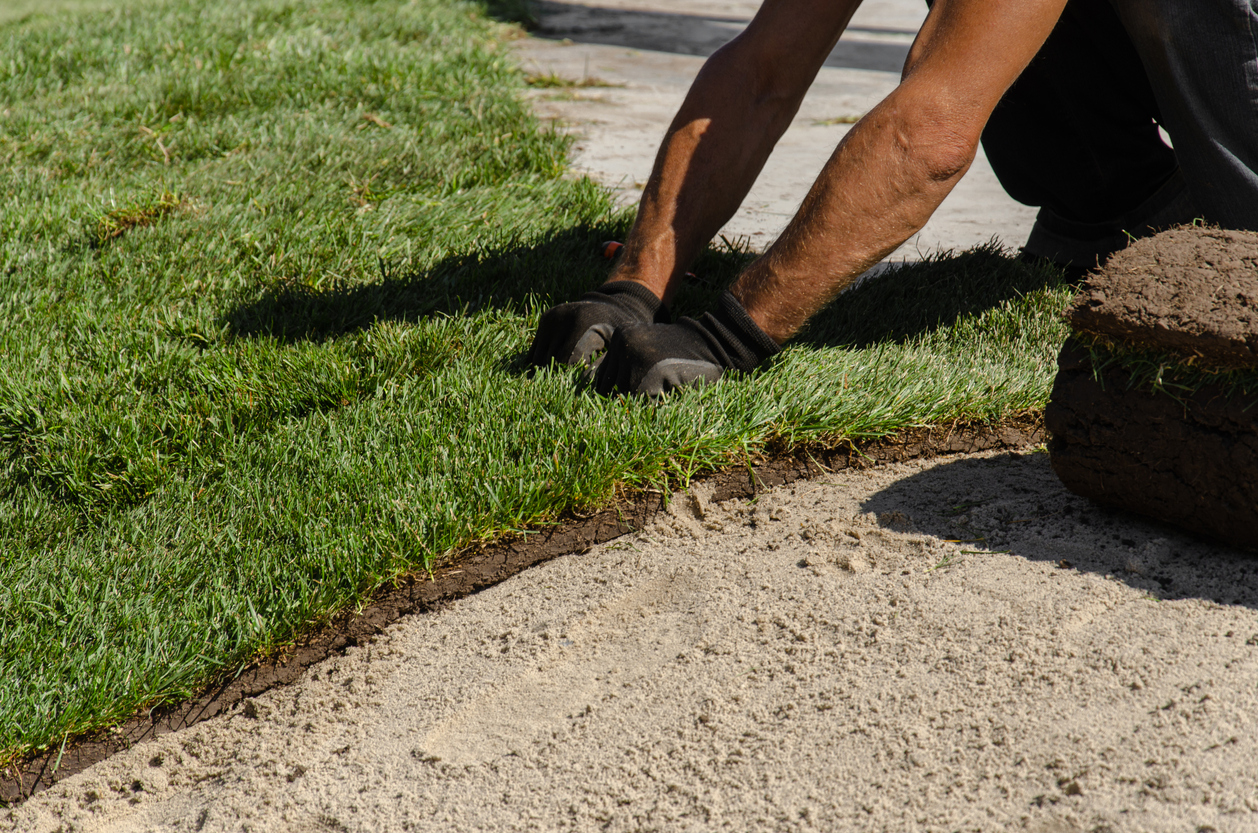
Homeowners must understand how to clean up lawns in the fall and prepare for winter to avoid issues that may arise. At the beginning of autumn, green leaves change to gorgeous earthy browns, oranges, and reds, signaling a seasonal shift. For many people, the sight delivers joy; for others, like homeowners associations (HOA), the leaves trigger concern. After all, the lovely fall greenery poses severe problems for the local grounds.
Agents can help their HOA clients with their dilemmas. Discuss appropriate and essential fall lawn care during their usual HOA insurance meeting. Groups should implement the following tips to help their residents help the neighborhood lawns stay healthy and beautiful.
Focus on Drainage
Fallen leaves impact the flow of water increasing the urgency to clean up lawns. They clog gutters and drains, preventing rainwater’s movement. Even worse, these leaves build up, increasing the odds of floods, leaks, and water damage. During the fall, as the foliage drops, associations and owners should take care to evaluate any water areas. Remove the leaves from the ground and roof. These community building and location efforts could prevent additional homeowners association insurance claims and avoid undesirable remediation projects.
Protect the Grass
The best way to clean the lawns is to rake them often. A bed of fall leaves creates a gorgeous autumn coat. Unfortunately, these piles block out sunlight and trap moisture. The grass gets crushed and may not get the light it needs to return to a vibrant green. In addition, dampness encourages bacteria and mold development, permitting microbes to thrive underneath the fall foliage. Frequent and regular raking allows the grass to receive sun exposure and improves dryness.
Continue regular pesticide treatments during the fall. Pests and organisms may still develop even during slower growth periods. Work with professionals to discuss potential cold weather issues and design a plan to protect the lawn from unwanted insects and spores.
Mow It
Your clients may ask, “What does HOA insurance cover?” Would it assist with replacing entire sections of dead grass? As an agent, explain that fall mowing and appropriate prevention could help prevent such a costly and time-consuming loss.
Grass enters a dormant phase in the late fall and winter. Owners don’t need to mow it as often, but they should do it every once in a while to keep the blades short. In doing so, the grass receives sunlight more efficiently. When should you stop? Home & Garden Television recommends cutting the grass until the soil reaches approximately 55 degrees or frosts begin to occur.
Aerate the Soil
Fall is the start of lawn obstacles. It’s harder to get the nutrients required for healthy vibrancy. The soil becomes weighed down with leaves and eventually winter’s snow. Before the frost and sleet begin, aerate the lawn. The process requires making small holes within the soil. These indents allow for water and air to move about more freely.
During HOA insurance discussions, agents can assist clients with fall lawn concerns. Offer advice on how to ward off issues and promote healthy yards. Proactive approaches may minimize frustrating lawn issues and encourage spring growth.
About Kevin Davis Insurance Services
For over 35 years, Kevin Davis Insurance Services has built an impressive reputation as a strong wholesale broker offering insurance products for the community association industry. Our president Kevin Davis and his team take pride in offering committed services to the community association market and providing them with unparalleled access to high-quality coverage, competitive premiums, superior markets, and detailed customer service. To learn more about the coverage we offer, contact us toll-free at (855)-790-7393 to speak with one of our representatives.


